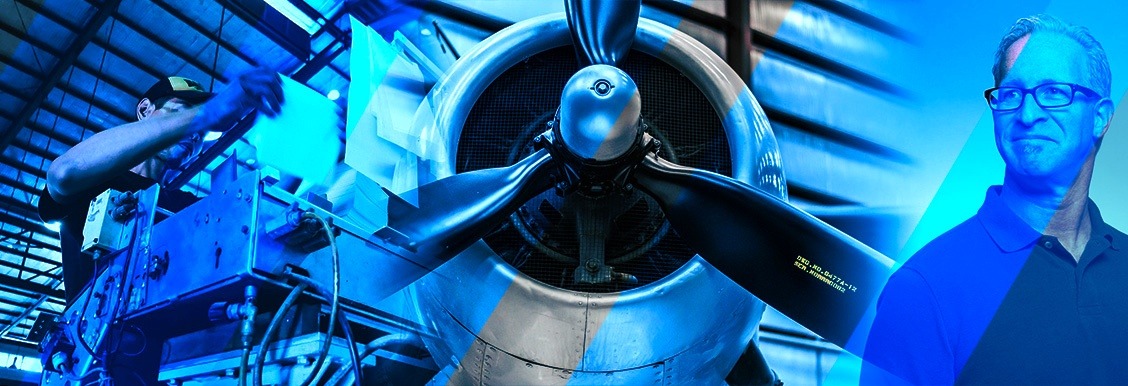1 min read
Are You Ready to Move Your Workforce to the Cloud?
You come to work this morning and your workforce is ready to go. Do they have everything they need to do their work? The right materials, new work to...

SAAS – Software as a Service – is now just known as “the Cloud.” Clouds, by their very nature, are ephemeral. They move across the sky, ever-changing. Is the name supposed to sound magical? It is not. Magical, that is.
The cloud is where all your information resides. All those passwords that you save, the “remember me” buttons that you push? Those have to be kept somewhere, right? While part of that resides on your computer, it’s all available to anyone who has access (or can gain it). Week after week, we hear about data breaches. Thieves sneaking in to get your personal information. Whether you protect it or not, the information is there. Your information. Once you put it “in the cloud” it is available to anyone with access to it.
You hope, need and deserve to have your information, all of it, kept confidential. In the European Union, they’ve done a good job of laying out stringent rules for what can be done with your information. While the GDPR (General Data Protection Regulation) may provide both a playing field and penalties, it’s not enough here in the US. Here, I get more robo-calls than I could ever count. Which annoys me. The Do Not Disturb list doesn’t help, either.
As I write this, in 2019 alone (think about that – we’re only 11 months in), more than 4 BILLION records have been compromised. That was reported in over 3,800 individual incidents. [In case you didn’t want to pull out your calculator, that’s almost 1.1 million records per event. Ack!] A computer hack happens every 39 seconds. Just since you started reading this, almost 5 hacks have taken place. Three hundred thousand (300,000!) new malware are introduced every day.
Cybercrime in 2019 was more profitable than the illegal drug trade. Think about that. That’s a really important line we crossed because there could be an infinite number of hacks that a perpetrator (I’ve always wanted to use that word in a blog) undertakes without ever leaving their couch. And if they’re not out on the streets, it’s not as easy to find them. And it’s not just mildly more profitable. In 2019, the illegal drug trade took in almost US $400 billion. In comparison, this year looks to pass the US $600 billion mark for cybercrime.
In the war between SAAS software and on-premise, you do need to consider data integrity, redundancy, cost, service, and control. For me, the critical need here is redundancy – it’s critical for you to have an IT team that makes sure that all your networked servers are redundant. You need to be able to spin up a new server at any time and not lose anything.
In our industry, when you go to a digital shop, you likely forego printing out materials. It goes to show that, when and if you lose connectivity to your SAAS shop floor solution, you are down for the count. You probably have little access to paperwork and even less control over when and how that system is going to come back on-line. We have some personal experience with this. Since signing up for a SAAS CRM (one of the top 5 CRMs every year), we’ve had at least one to two critical outages a year. Similar to your manufacturing records, we don’t keep a printed database of our sales prospects on a daily basis that we can go to when we need to do outbound calling; these outages have set our tele-sales team on complete standby until the CRM comes back. In one case, that happened in mere hours; in another, it took them a day or more. Ouch.
The cloud is safe, can be safe, but most manufacturers that we speak to just don’t trust it. They don’t want to put their information there and have people steal it. They don’t want to risk being “down” in production, having lost internet connectivity (which is still a thing, especially if you have manufacturing in Mexico or elsewhere).
At CIMx, we build our tools for instant connection but put it at your site. You get all the benefits of SAAS- pricing and the instant-on model. You get any special features you need, so the system can be delivered exactly as you require it. Connection to your other systems is easier and don’t break when your cloud provider decides to do an in-week update. Done right, on-premise installations provide redundancy, reliability, security and, most of all, control when you need it.
What are your worries? Do you trust the cloud with your production? If so, why? And what have your experiences been?
To learn more about protecting your shop and keeping production on track, visit www.CIMx.com.

1 min read
You come to work this morning and your workforce is ready to go. Do they have everything they need to do their work? The right materials, new work to...

1 min read
Update 09/03/19: today, as we post this blog, Hurricane Dorian is sitting over the Bahamas. Little is yet known about how much damage has been done...

1 min read
Last week, we talked about how manufacturing has been operating under a distributed work force model for as long as manufacturing has been around....